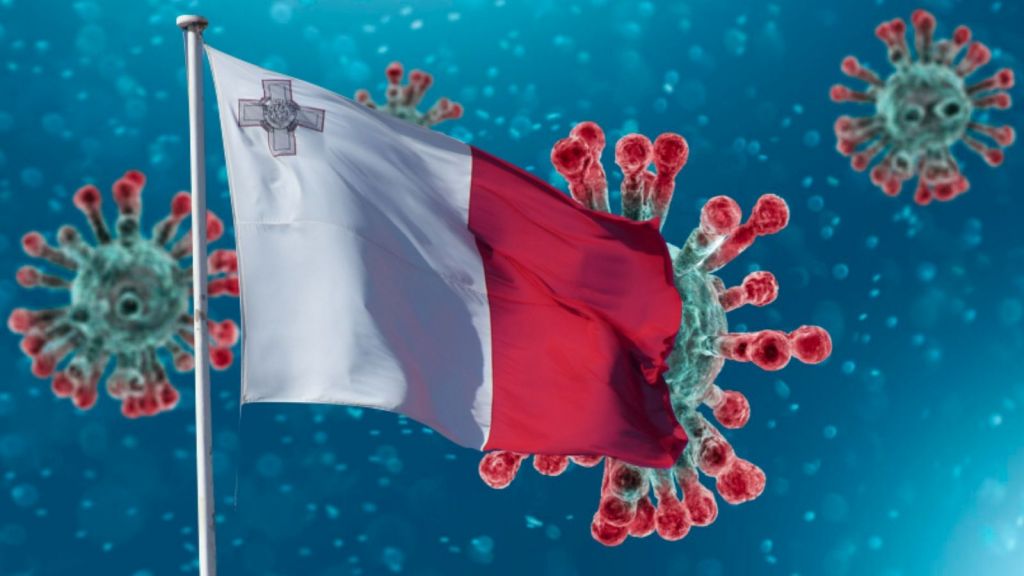Malta’s Exit Strategy: What Can We Learn From Countries Preparing For Life Beyond COVID-19?

Malta’s rate of transmission is dropping to safer levels, and attentions have started to turn as to what the country’s exit strategy from restrictive COVID-19 measures and closures could look like.
Deputy Prime Minister Chris Fearne has already revealed that authorities are working on a plan and will likely reduce measures at a staggered approach. However, with vast swathes of industries put on hold, restaurants and bars closed, and flights effectively shutdown, what measures could be the first to be lifted?
With the rest of the world scrambling to introduce differing exit strategies they all insist are the best, what could nations moving out of COVID-19 lockdowns teach us? Lovin Malta took a deeper to look to see the potential routes forward.
1. New Zealand

New Zealand, an island nation much like Malta, has been highly successful in flattening its curve and recently announced it was ready to lift some measures. While Malta was quick to act before the virus had the opportunity to take hold in the country, New Zealand rapidly entered a strict lockdown.
Schools were closed, as were all non-essential services and non-essential shops. Only supermarkets, pharmacies, service stations, hospitals and banks remained open. Deliveries were not allowed. Movements were prohibited and gathering in public spaces cancelled.
The policy was not without critics, who believe that the strategy could cause more damage to the economy than the virus could ever do to public health.
However, the nation has already started lifting restrictions. Moving to a ‘level 3’ threat will see some schools reopened with attendance remaining voluntary. Businesses can open, but they will not be allowed to physically interact with customers. Funerals and other religious services for up to ten persons will be allowed.
People will still be advised to remain indoors unless absolutely essential.
2. Italy

Italy was once the word’s hotspot for COVID-19, seeing hundreds of deaths every single day. However, it has started opening up some shops, like bookstores and children’s clothing stores. They can only do so under the condition that customers wear protective masks and gloves.
They must also enforce social distancing measures and disinfect their shop at least twice a day.
An end to full lockdown is set for 4th May.
The decision to lift measures, given Italy’s fatal experience with the virus, is facing criticism. Milan’s Mayor has rejected proposals to lift the measures insisting that a detailed plan which safeguards public health must be in place.
Spain, another neighbour, hit severely by the virus, is letting construction and factory workers go back to their jobs. The nationwide lockdown will remain in place until 26th April, but this will likely be extended.
3. Czech Republic

A European neighbour who imposed a strict policy was the Czech Republic, becoming one of the first countries to shut its borders and impose a tight lockdown. Wearing face masks in public is now law.
They received successful results and have already begun lifting measures. Some shops will be allowed to reopen while citizens can either run or cycle without the mask. Travel restrictions have also been lifted for those with reasonable grounds to do so. A two-week mandatory quarantine period will be imposed on their return.
The Czech government has also unveiled a five-step process to lift social distancing measures. Traditional farmers markets, along with repair shops, will first be opened. If figures remain consistent a week later, all small shops will be opened, followed by shops up to 1,000 square meters, gyms, and fitness facilities.
By 25th May, bars, restaurants, and the like will be allowed to reopen, but only if they have outdoor seating. On 8th June everything else shut down will be allowed to open.
4. Germany

Germany is a European anomaly. Despite being one of the worst-hit in absolute infection numbers, it has coped relatively well with the outbreak. Its R0 factor, which is the rate of transmissions per infected person, is already at 0.7.
However, Chancellor Angela Merkel has warned that an easing of measures could see the R-factor rise above 1.1 and risk Germany’s healthcare system becoming overwhelmed.
Schools will still reopen on 4th for students in their final year of either primary or secondary schools. Hairdressers, some Maltese will be happy to hear, will also be able to reopen if they can guarantee they will take the necessary precautions. Shops under 800 square metres will be able to open from 20th April.
Social distancing measures limiting contact will be lifted on 3rd May, while the ban on large public events will remain in place till at least the end of August.
Still, Merkel’s promises do not necessarily apply in Federal Germany, which gives regions autonomy when it comes to issues like educations and some COVID-19 restrictions themselves.
Neighbouring Austria has opened small shops and public parks. All shops will reopen on 2nd May, while restaurants, cafes and religious services are set to open two weeks later.

Whatever the way forward, Malta must be cautious. As Superintendent of Public Health Charmaine Gauci has warned, a second wave will likely hit Malta. Hopefully, authorities have also developed vital know-how and acquired crucial resources to effectively deal with it.
Measures cannot remain in place forever, with businesses and citizens going more and more concerned over their incomes and livelihood. However, in lieu of a vaccine, it remains to be seen how we can fully return to a pre-COVID reality.
What measures do you think should be lifted? Comment below